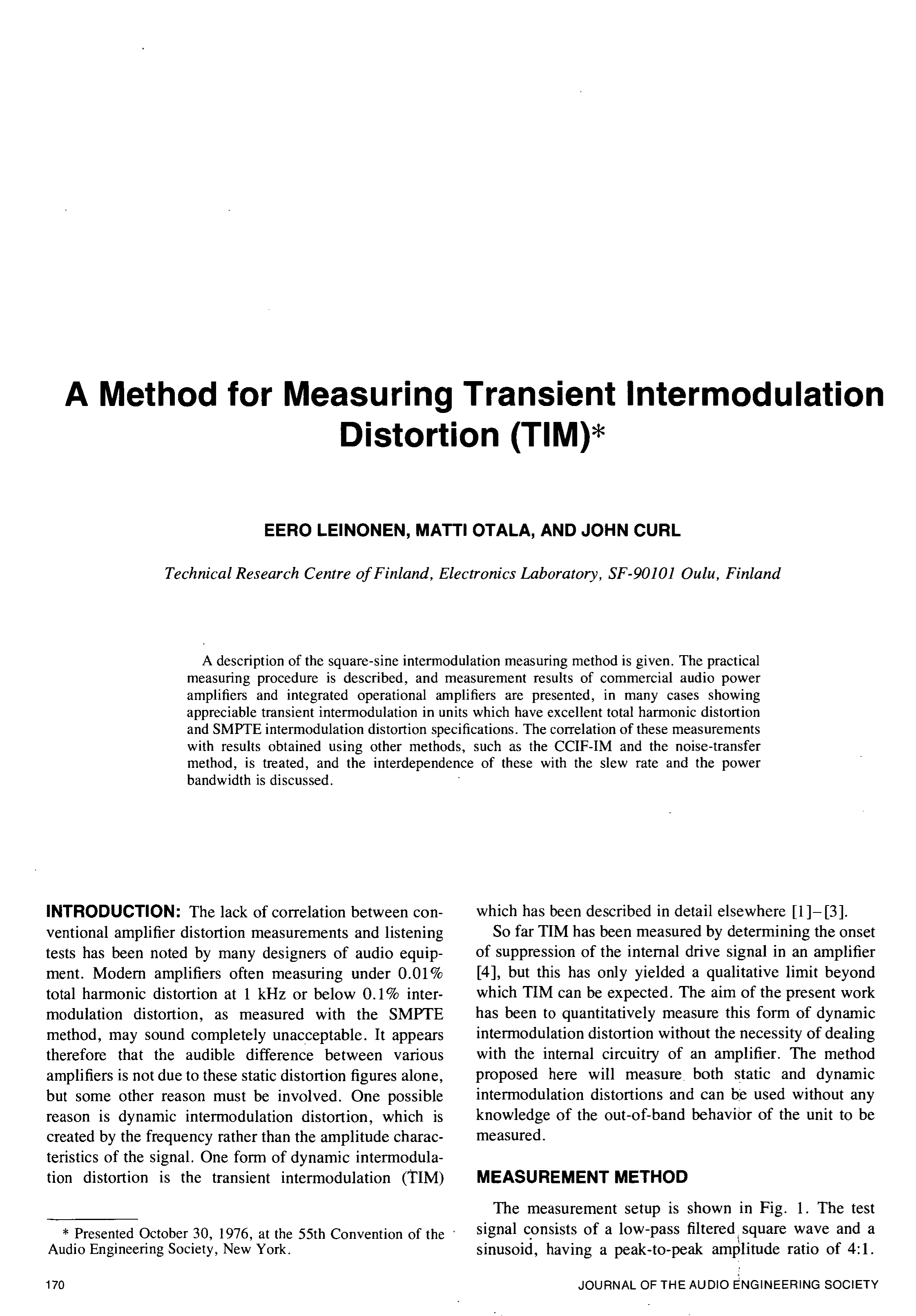My impression was that Benchmark uses non-recursive feedback. Name would suggest that feedback is not applied back to the same signal amplifier.You're missing detail. The Benchmark uses both feedforward and feedback as does the Sansui. The Sansui's feedforward is contributing much less than the Benchmark's feedforward correction stage, but the principles are likely similar. Benchmark clearly saw what the FFWD could do and figured they could save a ton of quiescent dissipation and kill Xover distortion at the same time, whereas Sansui attempted to take an existing, already excellent topology of theirs, to the next level.
I haven't seen or read the THX AAA patent and I wonder what prior art mentions there are in it. Nor have I seen the Benchmark schematic (I'll ask for that when one lands on my bench for repair if ever), but there's not much new in this space- it's all been done in the past by much smarter people than me. Standing on the shoulders of giants who rarely get credit is something that really upsets me. I'd much rather buy products from companies that speak to the past, celebrate it, and demonstrate what they've done better, instead of claiming it was 100% their own brilliant idea...
I'm sure it is not a simple design and I also wish I could see schematics. Company I worked for never provided them to customers, charging $200/hr for repairs.


